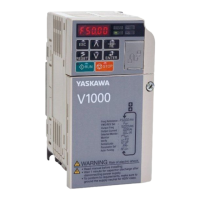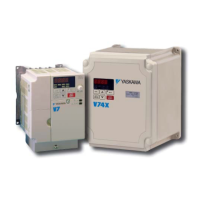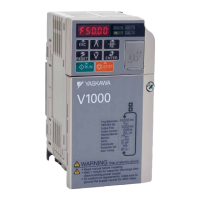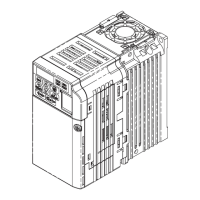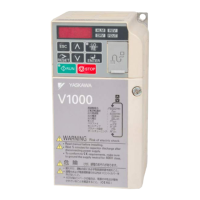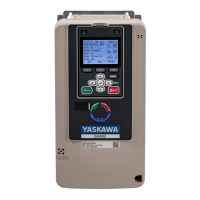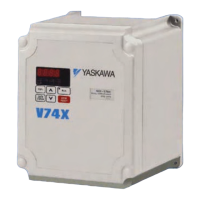n
Unstable Motor Speed when Using PM or IPM
Cause Possible Solutions
The motor code for PM (E5-01) is set incorrectly.
(Yaskawa motors only)
Set parameter E5-01 in accordance with the motor being used.
The drive is operating at less than 10% of the speed
reference.
Consult with Yaskawa about using a different type of motor when attempting to operate at
10% of the speed reference.
Motor hunting occurs.
Set and carefully adjust the following parameters in the order listed:
• n8-45 (Speed Feedback Detection Suppression Gain)
• n8-55 (Load Inertia for PM Motors)
• C4-02 (Torque Compensation Primary Delay Time)
Hunting occurs at start. Increase the S-curve time at the start of acceleration (C2-01).
Too much current is flowing through the drive.
• If using a PM motor, set the correct motor code to E5-01.
• If using a specialized motor, set parameter E5-xx to the correct value according to the Motor
Test Report.
n
Motor Does Not Operate When the RUN Button on the Digital Operator is Pressed
Cause Possible Solutions
The LOCAL/REMOTE mode is not selected
properly.
Press the LOCAL/REMOTE button to switch. The LO/RE LED should be on for LOCAL
mode.
The drive is not in drive mode. A run command will not be issued. Exit to the drive mode and cycle the run command.
The frequency reference is too low.
• If the frequency reference is set below the frequency set in E1-09 (Minimum Output
Frequency), the drive will not operate.
• Raise the frequency reference to at least the minimum output frequency.
n
Motor Does Not Operate When an External Run Command is Input
Cause Possible Solutions
The LOCAL/REMOTE mode is not selected
properly.
Press the LOCAL/REMOTE button to switch. The LO/RE LED should be off for REMOTE
mode.
The drive is not in Drive Mode. A run command will not be issued. Exit to the Drive mode and cycle the run command.
The frequency reference is too low.
• If the frequency reference is set below the frequency set in E1-09 (Minimum Output
Frequency), the drive will not operate.
• Raise the frequency reference to at least the minimum output frequency.
n
Motor Stops During Acceleration or When a Load is Connected
Cause Possible Solution
• The load is too heavy.
• The limit of motor response may be reached during
rapid acceleration. This may be a result of
improper stall prevention or automatic torque
boost function adjustment.
Increase the acceleration time (C1-01) or reduce the motor load. Also, consider increasing the
motor size and/or drive size.
n
Motor Rotates in One Direction Only
Cause Possible Solutions
"Reverse run prohibited" is selected. If b1-04 (Reverse
Prohibit Operation) is set to 1 (reverse run prohibited),
the drive will not accept a reverse run command.
Set b1-04 = “0” to allow reverse run operation.
The drive prohibits reverse rotation.
• Check parameter b1-04.
• Set the drive to allow the motor to rotate in reverse (b1-04 = “0”).
A Reverse run signal has not been entered, although
3-Wire sequence is selected.
• Make sure that one of the input terminals S3 to S5 used for the 3-Wire sequence has been
set for reverse.
n
Motor Operates at a Higher Speed than the Speed Command
Cause Possible Solution
PID is enabled. If the PID mode is enabled (b5-01 =
1 to 4), the drive output frequency will change to
regulate the process variable to the target setpoint.
The PID can command a speed up to maximum
output frequency (E1-04).
If PID operation is not target, disable PID by setting b5-01 = “0”.
6.9 Troubleshooting without Fault Display
YASKAWA ELECTRIC SIEP C710606 16C YASKAWA AC Drive – V1000 Technical Manual
287
6
Troubleshooting
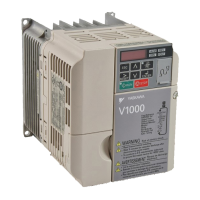
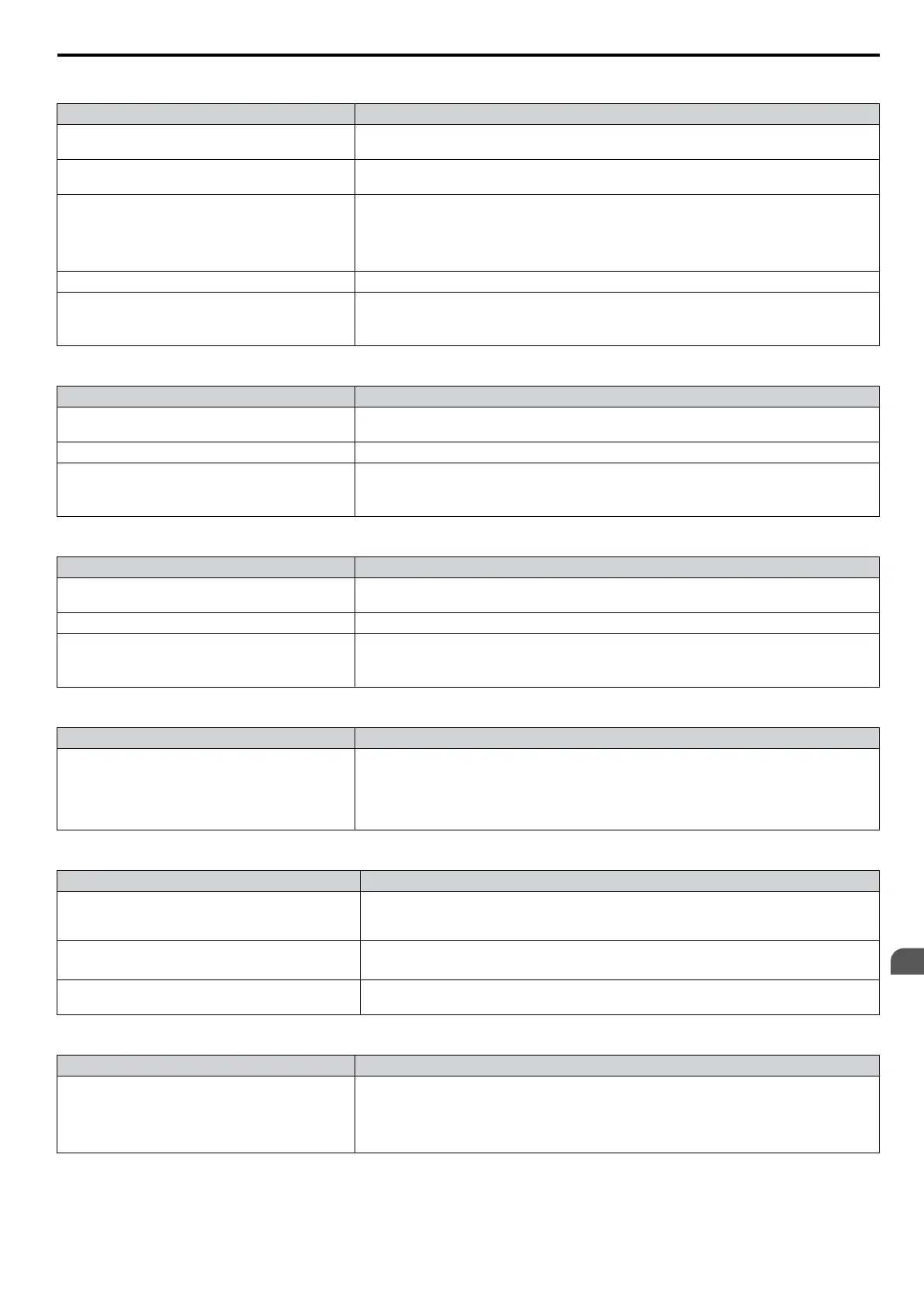